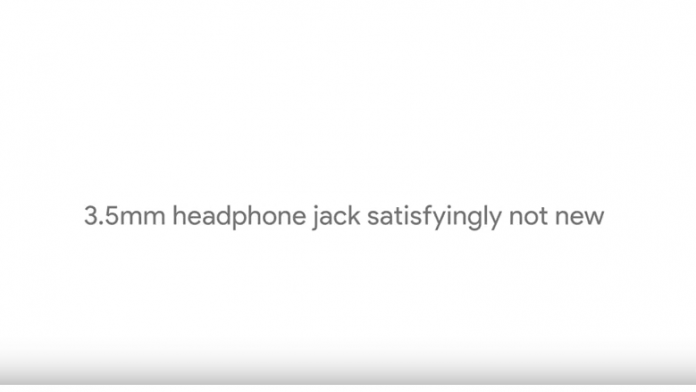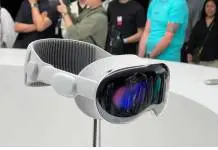
On Wednesday, Google treated the tech world to the launch event it was expecting to see, and then some. The Pixel 2 and Pixel 2 XL were finally revealed, and industry enthusiasts got to feast their eyes at an entire lineup of new hardware Made by Google.
However, after all was said and the curtain dropped again, impressions started coming in. Impressions from both people attending the show in San Francisco and watching online at home that, without taking credit away from the tech giant, point out the hard truths about their next generation of devices.
Google does a lot of things right. Better than its Android colleagues and its main rival Apple, if I dare say. However, the Mountain View company will have to figure out some stuff going forward if it wants to succeed and prove worthy of the prices it has set for its hardware.
Google should practice what it preaches
Remember the original Pixel launch last year? “3.5mm headphone jack satisfyingly not new,” read some promo materials. Now, neither the Pixel 2 nor the Pixel 2 XL have headphone jacks, and the official reason was that it seeks to “establish the mechanical design path for the future.”
That seems like a somewhat better reason than saying they did it out of courage, but it still doesn’t explain the apparent avidness Google has for eating its own words. This year, they said “we don’t set aside the better features for the larger device,” while presenting an evidently better design on the Pixel 2 XL.
It would be all relatively harmless if Google’s jabs at Apple translated into a coherent product strategy, but now they are selling an official USB-C to 3.5mm dongle that costs twice as much as Apple’s and a third-party dongle that lets you both charge and listen with headphones for $45. Talk about brand tax.
Google must figure out its marketing
Out of all the things that hurt Google’s market presence the most, perhaps marketing is one of the most prevalent. The inconsistent discourse and the ever-defining identity make the Made by Google lineup a not-so-convincing choice when people are looking at hardware upgrades.
Does the Pixel have a light of its own as a device or does it always need to ride on the iPhone’s shortcomings to shine? Moreover, is Google a company of its own or will it keep trying to nail the look and feel of Apple’s events and identity?
As much as Android fans like to claim their OS has had iOS features for years, many of them looking at the tech giant’s presentation made themselves these very questions. Hopefully, the HTC deal will reteach Google a thing or two about running an integrated company, and define a solid marketing strategy going forward.
Paying attention to users could serve Google right
Why most companies stick to the old adage that goes “the people don’t know what they want” is anybody’s guess, but with Google, it really could be that simple, at least for the Pixel lineup.
At this point where smartphones have seemingly run out of features to add, and companies have started removing or trading components and promoting that as features, it could serve Google and the tech industry, in general, to listen to their users.
While it is true that manufacturers have a clearer idea of where they want to be in the future, they should really sit and think about what they are doing if there are people out there willing to stick to their old Nexus devices or other phones so they can keep the features they love.
Some might blame consumers and say they’ve never liked change. However, when change involves making things simpler by stripping them off what made them useful, that is when companies should go back to the sketch board and reconsider their priorities.










